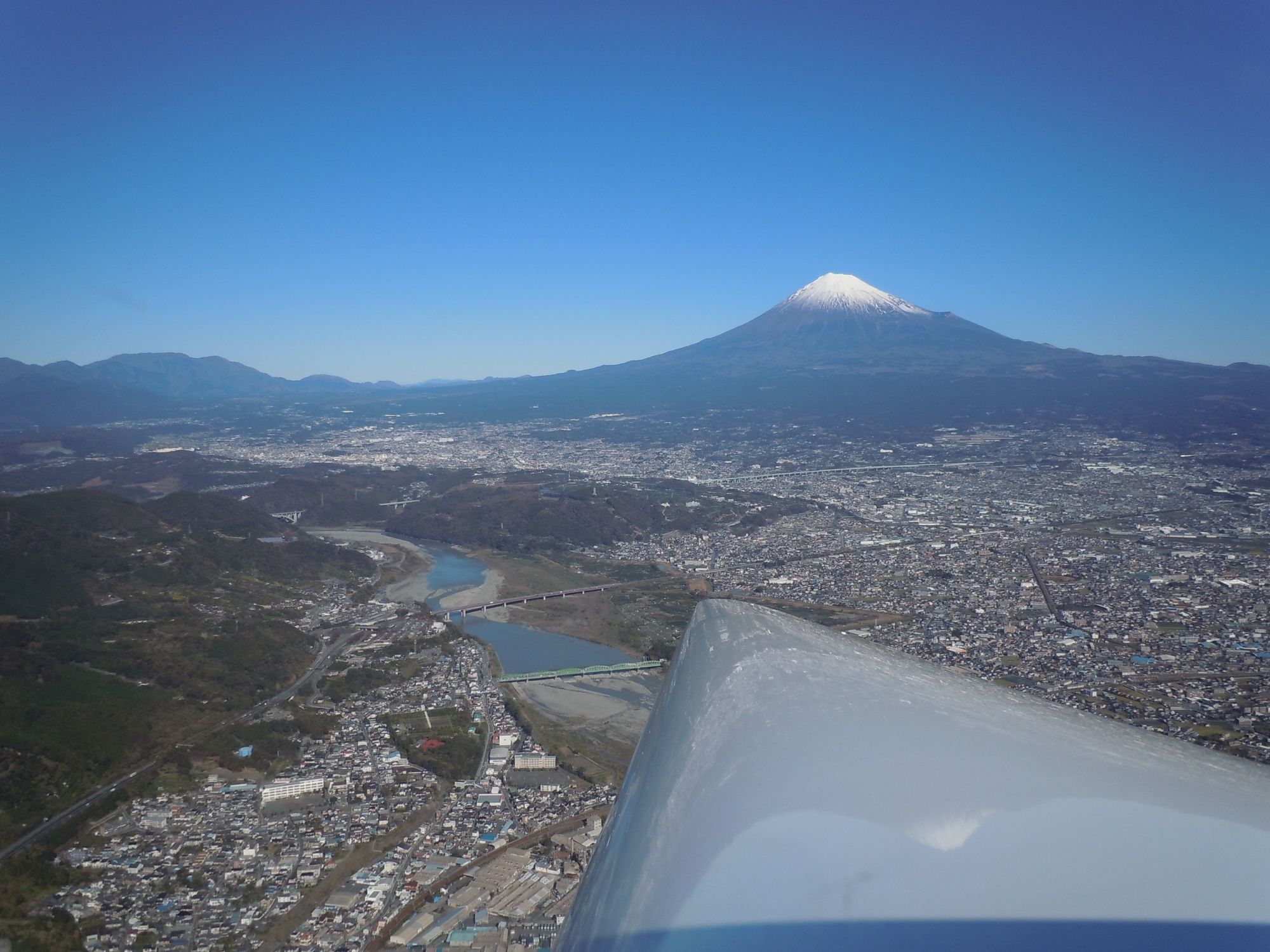Ice Cream

Many years ago, I went kayak surfing at a beach near Hamamatsu City in Japan. It was a beautiful morning. After a few waves, my friend and I began to talk while taking a break. He turned and asked me, “Aren’t you learning to glide?” He wasn’t talking about gliding technique in a kayak; he was talking about gliding in a glider, a plane with long wings that make it very efficient at soaring, and no engine.
After I answered, “Yes,” he became quiet for a moment, the way people do when thinking about very serious problems, such as the very best combination of pizza toppings to have on the pizza they are about to order.
“What’s it like?” he asked.
I probably became quiet for a moment myself then. After a few minutes, I answered.
“Ice cream,” I said.
My friend gave me a look that only a friend can give you when they are sure that you are mercilessly teasing them. Someone who is not your friend in similar circumstances will simply try to strangle you.
Since you can never be sure how deep friendship can go, I continued the conversation to avoid any potential attempts at strangulation.
“If you had to explain the experience of ice cream to a person who had never tasted it, how would you do it?” I asked.
My friend agreed it would be challenging, particularly with delicious, exotic flavors. Somehow the words “sweet” or “cold” don’t quite get you there.
I looked at the time. It was still early in the morning. “Want to go flying right now?” I asked.
“NOW?” my friend asked. I had never noticed his eyebrows at such a height before.
“Yup,” I answered. “Right now. Let’s go.”
So we drove for a bit more than an hour and arrived at a small runway by Fuji River. That is where a flying club gathers every Sunday.
If you go to a flying school or club, there is usually an introductory flight for newcomers to give them a taste of flying. It helps them decide if they would like to learn to fly. The orientation flight can be very inexpensive, usually less than $100. Considering the expense of airplane gas, that is very reasonable.
After greeting the members of my club, I asked the head instructor if my friend could have an orientation flight. He looked at his watch, glanced over at the remaining names on the roster of people who were going to fly that day, turned to me, and said, “Yes, sure. We have lots of time today.”
My friend was given a brief introduction to the features of the glider, as well as how to operate the controls. Then someone showed him how to get into the glider. He was then buckled in with shoulder straps. When the crew lowered the cockpit, he was wedged into a small space surrounded by plexiglass. The view is spectacular.
A couple of guys connected a rope to the front of the glider. They then connected the other end of the rope to a Piper Cub, a small plane popular with bush pilots. Everything was now ready.
The expression on my friend’s face was now an odd mixture of expectation and apprehension mixed with a bit of fear. You wouldn’t have known he’s actually quite a fearless, adventurous person. I could see that the instructor behind him was saying something. Then my friend, following his instructions, gave a thumbs up to signal to the ground crew that he was ready for takeoff.
The engine of the Piper Cub revved up to full throttle. The rope became taut, and the glider began to move down the runway. Almost immediately, it was airborne. I watched my friend take off and rise into the sky. The glider ascended to around 2000 feet. It was the size of a small child’s toy. Around then, he would have been given another instruction to pull a lever down by his seat on the left side. This is the lever that releases the rope connecting the glider to the tow plane. Then you are in free flight. There is no engine sound—only the sound of the air rushing over the glider. Sometimes, if you find an updraft, it is possible to stay aloft for hours. Usually, in an orientation fight like this one, the instructor will keep close to the departure point and return in less than an hour.
I waited for my friend to return to the ground. The glider came closer and descended. At the end of the flight, the instructor takes over control. He will signal the student by saying, “I have control,” and then take control of the glider from the rear seat. There are identical sets of controls for the student in front and the instructor in the back.
The glider landed on its single wheel, coasted down the runway, and came to a stop. The crew helped my friend get out, and he stood up, stretched, and then walked towards me.
Gliding is an amazing experience. When my university students ask me what experiences I have had that really impressed me, I say that the first time I went scuba diving was amazing, but it was the first time I went gliding by the ocean in front of Mount Fuji when it was covered with snow that I was nearly moved to tears. I controlled myself. It is very difficult to fly a plane when you are crying.
But some people are afraid of high places or cramped spaces, so I was concerned about my friend’s first flight. Was it exhilarating and splendid, or only frightening? I couldn’t wait to find out.
When he walked over to me, I asked him, “Well, how was your flight?” He smiled an enormous smile at me.
“Ice cream,” he said.